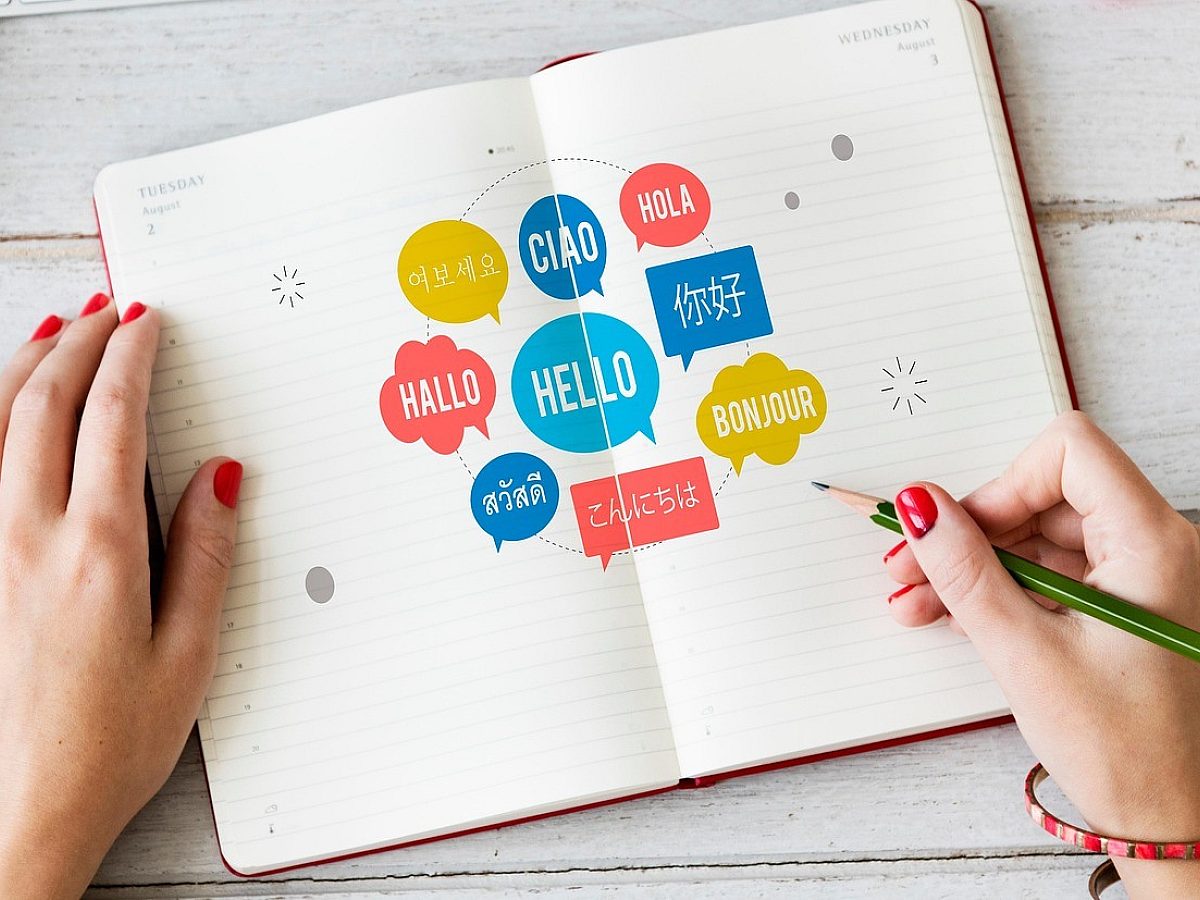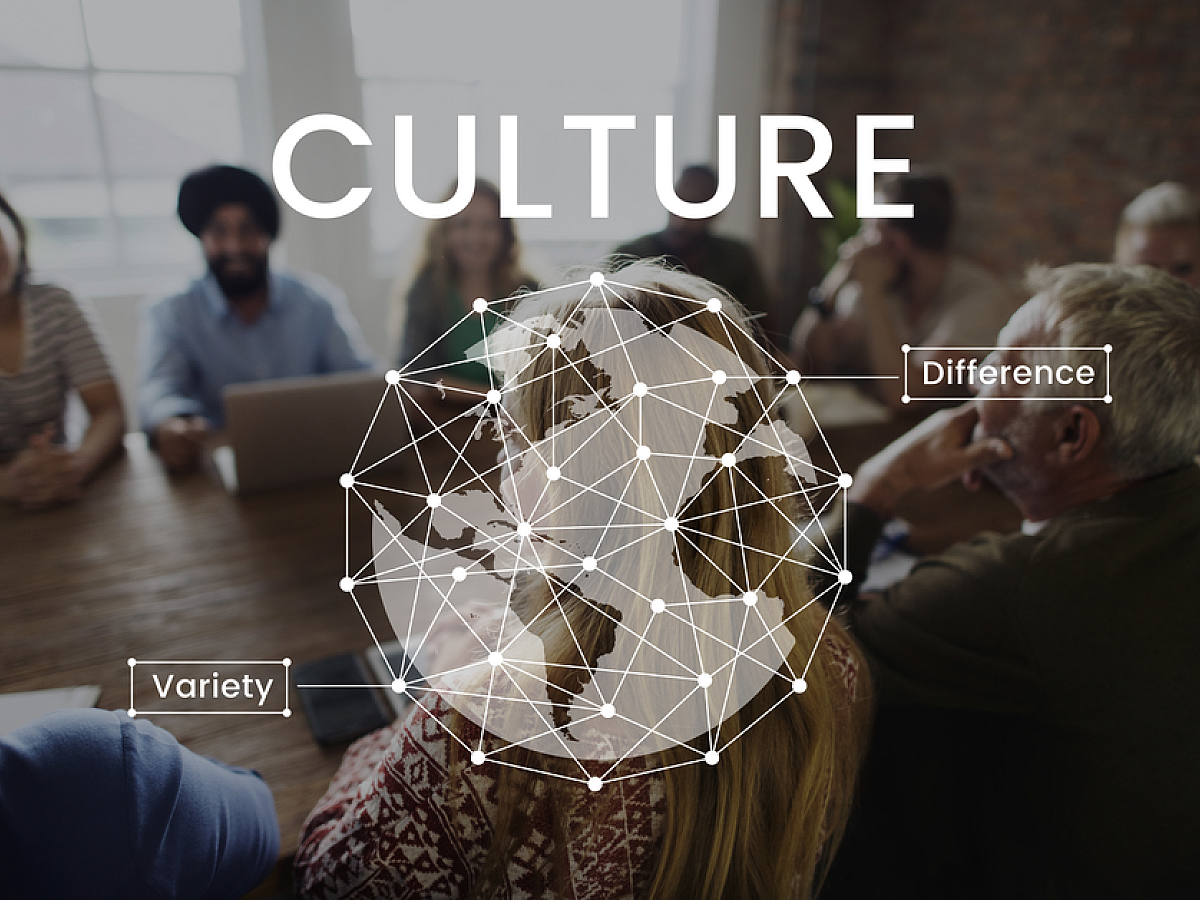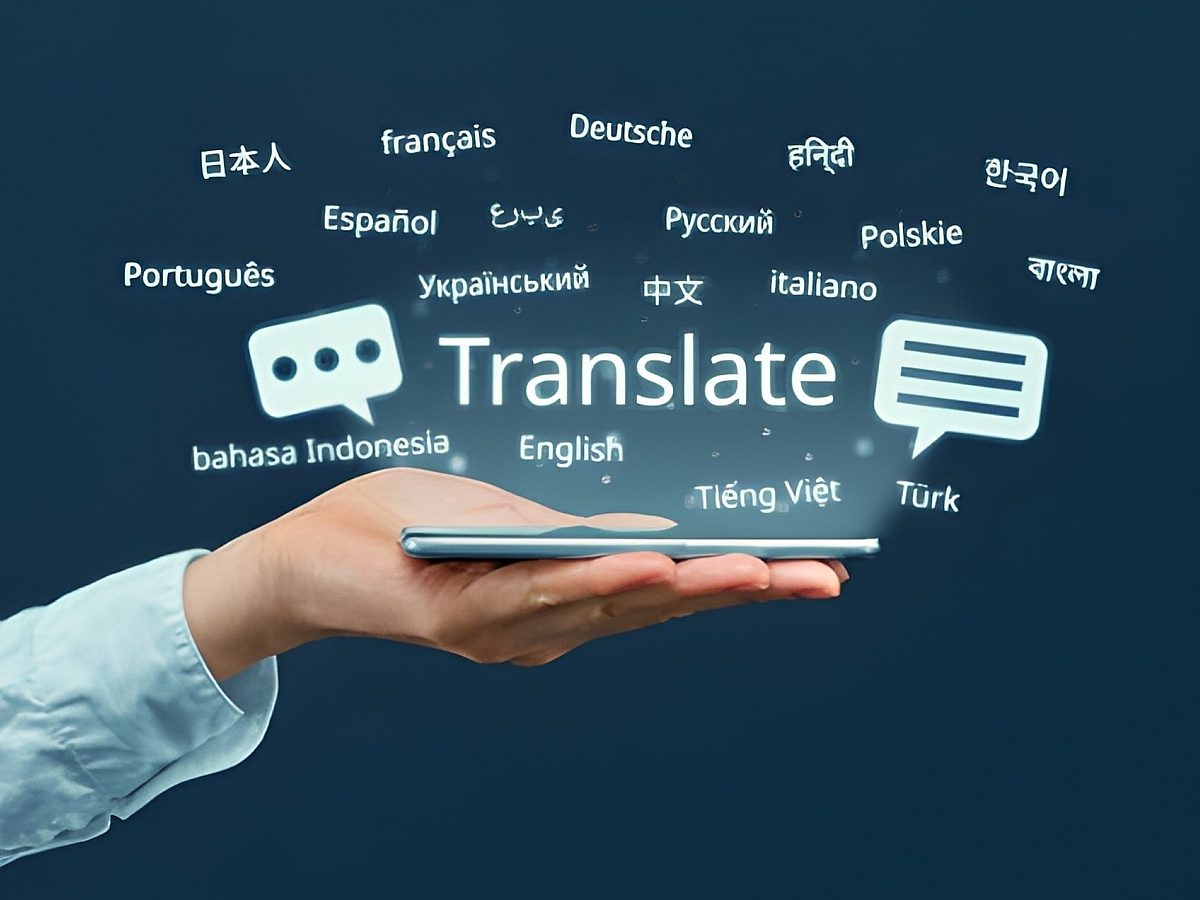When entering non-English speaking markets, marketing teams put thousands of hours into research, competitor analysis and campaign development (as they should).
But they often do these things in their own language and leave translation until the end. Sometimes, the marketing team isn’t involved in the translation process at all.
Treating translation as an afterthought and not a priority is the number one mistake that marketing teams will make with translation.
Over the last 18 years, we’ve seen it happen.
Viewing translation as a checkbox exercise is a huge mistake. Marketing translation is not a copy/paste job or something you can trust to a machine.
The translation of your message is your message.
If it’s done poorly, your message and brand voice can change drastically from your intention. And, you’ll have no idea until it’s too late.
At Wolfestone Group, we’ve been translating marketing campaigns for some of the world’s most successful businesses since 2006.
In this blog, our experienced experts break down the biggest mistake marketers make in more detail and offer tips on how to translate your marketing content the right way.
Translation Isn’t a Rote Task. It’s Your Brand’s Global Voice
A common misconception among marketing teams is that translation and localization simply support the real work—that is, the creation of the original campaign in English.
But that approach misses the point entirely.
In global marketing, your message is only as effective as its delivery. Language is the vehicle for brand voice, emotion, and persuasion. If your campaign doesn’t land in the local language, it doesn’t land at all.
For example, in 2009, HSBC invested heavily in its US campaign built around the slogan “Assume Nothing.” But when the message was brought to global markets, it was mistranslated in several languages as “Do Nothing.” The error forced HSBC to scrap the campaign altogether and spend an estimated $10 million to correct course with a new slogan.
Many companies still treat translation as a checkbox task rather than a strategic component, and this leads to a host of problems.
Here are a few ways marketers make this mistake:
Basic or Machine Translation
Relying on free or low-cost machine translation tools may seem efficient, but these systems often miss nuance and tone. For high-impact content like marketing, this can lead to bland, confusing, or embarrassing results.
Today, many companies are relying far too heavily on AI or machine translation with little to no oversight.
For example, when Amazon launched in Sweden, it used machine translation for many of its listings. This resulted in countless errors. Swedes noticed product listings containing words related to death, sexual assault, and other inappropriate Swedish terms.
This translation mistake caused a PR nightmare and global embarrassment for Amazon. And it soiled its reputation in the Nordic country.
Direct Translation of US Materials
What works in one market won’t necessarily work in another.
A direct translation of your US campaign is unlikely to carry the same weight overseas. Humor, idioms, and cultural references need careful rethinking.
Most marketing firms do not directly translate their critical campaign content, such as ads. But many still cut corners on social media, where mistakes can go viral quickly.
No Cultural Adaptation (Localization)
Translation is only half the battle. Localization is also required to go beyond language and ensure meaningful engagement. It accounts for cultural expectations, consumer behavior, design preferences, and regulatory constraints.
For example, a minimal design for a banner advertisement in the US market wouldn’t work well in Japan, where consumers respond to busier ads with brighter colors.
Skipping localization risks alienating audiences who expect brands to understand and reflect their values.
Hiring Freelancers
Using a patchwork of freelance translators across different markets may save money upfront, but it often results in inconsistent messaging. Without a coordinated strategy, brand identity can quickly become fragmented.
As you scale, you’ll also find yourself amassing an army of freelancers, all of whom need to be managed separately. Say goodbye to your cost savings.
Freelancers can pose security risks, too. Many operate on personal devices without enterprise-grade security or data protection protocols. By sending your sensitive marketing materials to a remote stranger, you risk exposure.
How to Get Marketing Translation Right
To connect with international audiences, translation must be embedded into the core of your global marketing efforts. Risk-averse teams consider translation throughout the development process and adapt messages as needed. And, they hire localization agencies that understand the needs of marketers.
Here’s what impactful marketing translation looks like in practice.
Creative Translation (Transcreation)
Marketing evokes an emotional response that persuades consumers to take action. This type of content requires a great deal of nuance. Every word matters.
That’s why standard translation often isn’t enough. For high-impact content, you need creative translation services, often called transcreation.
Transcreation is a blend of translation and copywriting. It captures the meaning, tone, and intent of your original message, but adapts the language and references to make it resonate with the local audience.
A transcreated slogan might look entirely different from the original, but it will deliver the same punch.
This is especially important for brand messaging, taglines, ad copy, and creative campaigns. It allows your brand to speak with authenticity in any market without losing its core identity.
Localization
Localization adapts content to cultural norms, ensuring that every aspect of your content aligns with the expectations of the local market.
Localization happens during the translation and campaign development process. Specialists who understand the local market can offer guidance on copy and design elements, helping your team steer toward relevant ideas and away from potential blunders.
Remember that localization goes beyond copy to include images, colors, symbols, formatting, payment methods, legal disclaimers, and more.
Responsible Use of AI
AI translation can drastically speed up translation workflows and reduce costs. However, you need to know when and how to use it.
AI translation and localization are helpful for low-risk or urgent translations, such as social media posts. They can also assist with product descriptions and FAQs.
But AI should never be used without human oversight when translating marketing content.
The best results come from expert-in-the-loop systems, where AI provides a draft and a human translator refines and adapts it.
Current AI tools should not be used for critical customer-facing content like ads, landing pages, and brand messaging.
AI is not currently equipped to translate content that requires nuance and cultural sensitivity (and we say this as a company that offers AI solutions).
Having a Team on Your Side
Translation is a bigger job than many marketers assume.
Developing an effective message requires translation, localization, transcreation, coordination of specialists, and quality controls to keep your brand’s voice intact.
A network of remote freelancers can’t do that. A professional language services company can.
Companies like Wolfestone Group specialize in marketing translation for businesses. We collaborate closely with your team to understand your brand, messaging, and objectives.
Then, we align certified linguists around your goals to ensure your voice remains consistent and impactful across markets.
With the right team behind you, marketing translation stops being a risk and becomes a competitive advantage.
Don’t Make This Translation Mistake—Because It Might Be Your Last
When entering a new market, one mistake can make or break your marketing strategy.
Most brands have one chance to make a meaningful impression and convince consumers to give them a try. A blunder can set them back years.
If you make the mistake of treating translation as an afterthought, you may not get a second chance to win over your audience.
Don’t risk a weak market entry or a costly cultural misstep. Maintain control of your message wherever you do business with Wolfestone Group.
At Wolfestone Group, we help marketing teams get translation right from the start. Our team works as an extension of yours, aligning language, culture, and strategy to help your brand resonate in every market you enter.
We offer comprehensive linguistic services in 220+ language pairs, including:
- Translation
- Localization
- Interpreting
- Multilingual SEO
- Multilingual content
- Multimedia services (captions, voice overs, etc.)
- Accessibility services
- Much more
Contact Wolfestone Group now to find out more about how our experts can help make your global marketing campaign a success.



